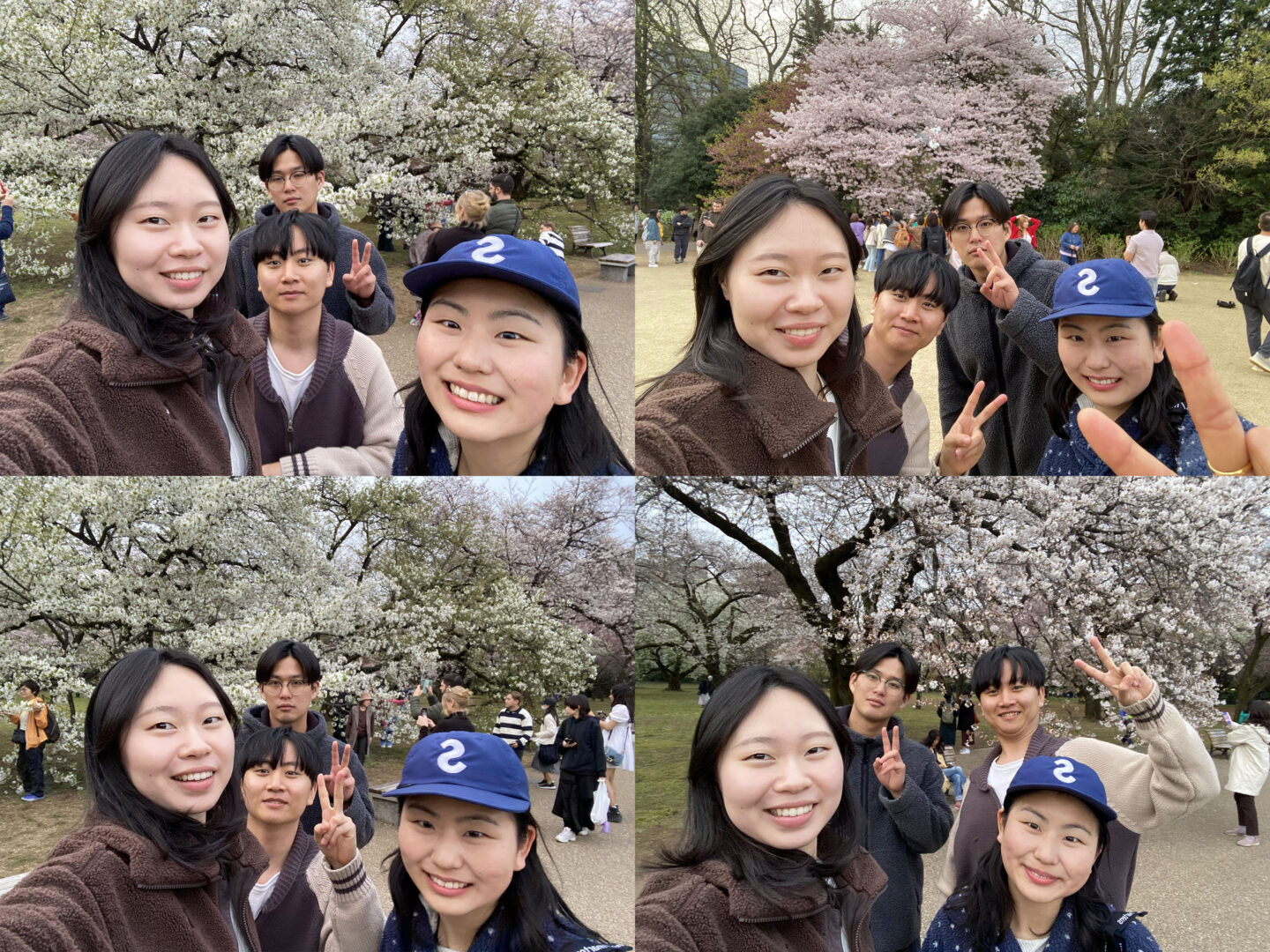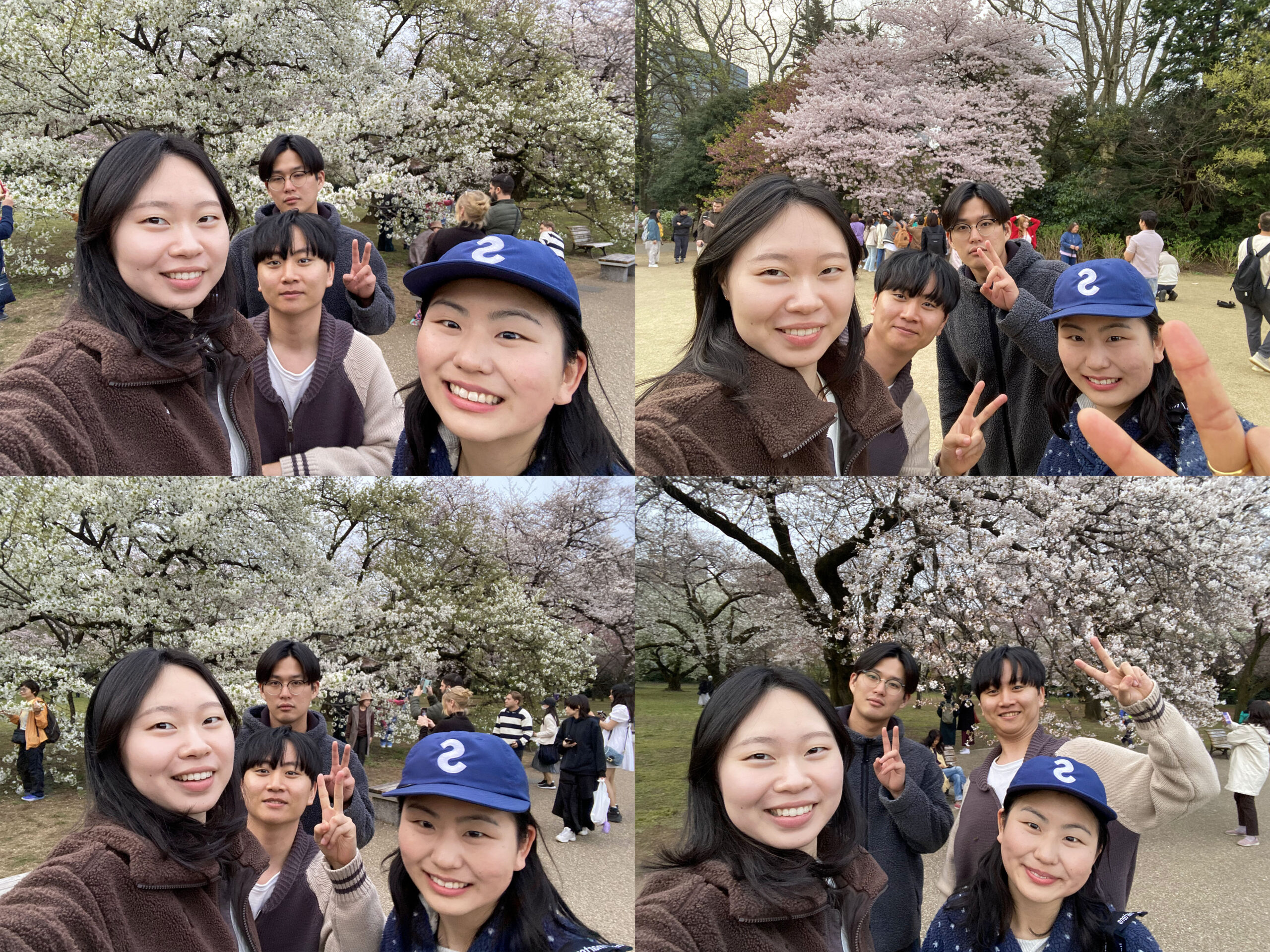
Tokyo reflections – Part 2
(From top-left corner) Minji Kwon, Hansol Kim, Mingyu Han & Minju Han
In April of 2024, four of our graduate students and three faculty members flew to Japan to visit Chiva University and Tokyo University. Supported by NTCDPT program, this trip was an opportunity for our students to broaden their perspectives while for UNIST Design our first step towards building a bridge between UNIST and top design research institutions in Japan for future collaborations.
Here our students offer their experiences and reflections in two parts – First, they share what they have seen during their trip, and second, they discuss these learnings from varying perspectives of each lab, hence the different sub-field of design they belong to. Here comes the second one!
During the meeting with DLX Lab faculties in U-Tokyo, we as graduate students of UNIST Design had a chance to briefly introduce what we do. This opportunity, observed from diverse perspectives we cherish in UNIST Design, sparked a conversation among us about the expectations we had coming to a grad schools and hopes, wishes and concerns about our future paths.
Here we share excerpts from our discussion starting from Mingyu’s concern about his identity in-between engineer and designer and how to effectively describe his work.
Who are we? The discussion on engineering vs. designing
Mingyu As you know, Minji, I studied computer science during my bachelor’s study and am now pursuing a master’s degree in design with human computer interaction as the focus area. You two are an engineer by training, right? What’s the difference between engineering and design in your view?
Minji I studied mechanical engineering and industrial design during my undergraduate studies. I think what is in common is problem-solving, but the tools and how to define the problem seem different. In the engineering field, problems are often defined in quantitative tems, whereas in design problems are defined more qualitatively from human perspectives. But I believe their goal is the same as long as we focus on “how can we make people’s lives better?” So, I think explaining your research in design’s language is a key to communicating with designers.
Hansol But is design really just about problem-solving? I don’t think designs like the Juicy Salif by Philippe Starck or the Nintendo Wii were about identifying a specific problem and solving it.
MG Then, are we designers or engineers?
MJ I mean, both! Is it really either-or? Unless you apply to get a job at a large corporation, actually we need to be somewhat interdisciplinary to connect different roles in a company. As can be seen in DLX Lab’s work, design products are produced in collaboration with various departments in the College of Engineering. I believe that interdisciplinarity enhances creativity. For example, the BY5G project of DLX provides bus passengers with ride information from the floor of the bus. It uses LiDAR sensors under the seats to locate the feet of different passengers, providing them with information.
I was also impressed by the use of electricity to make disposable masks reusable again. It used a special circuit and a conductive plate to create a large and uniform voltage distribution, which recharged the mask in about one minute. The projects that think beyond 5G to the future of 6G and create systems that will help us in that era also need to be aware of current and future communication technologies. Especially in the field of industrial design, this integration with technology can be a tool for designers to make their designs more realistic or even innovative.
Mingyu Ah, that’s right. Perhaps you know that I recently conducted an experiment collecting images of users’ eyes using the eye tracker. It was very challenging to validate the experimental data because the user could move their eyes easily to other places, and I had to control their eye movements.
Among what we’ve seen at DLX, AICOM was interesting to me in that sense. AICOM makes it easier to control users’ eyes by increasing their engagement through games. This gamification approach simplifies data collection. It’s a great example of creative problem-solving. Perhaps this could be a good example of the benefits of being interdisciplinary between design and computer science. This interdisciplinary approach enabled new methods, leading to such an innovative product.
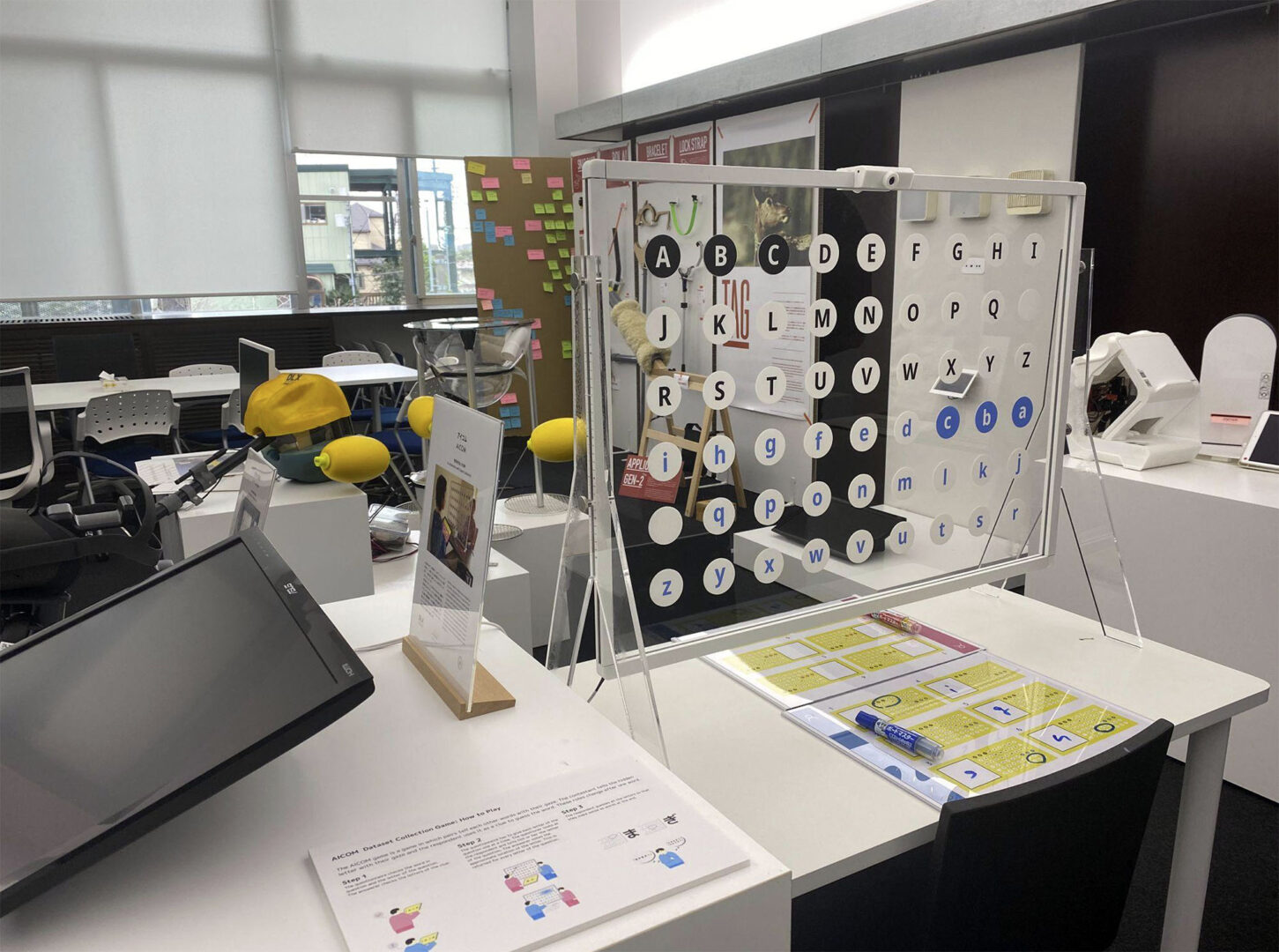
Hansol Interdisciplinary approaches can be quite beneficial in design. For example, the Nintendo Wii introduced a new paradigm of “motion-based gaming” by utilizing accelerometers. I heard from somewhere that this concept was in fact proposed to Nintendo by an accelerometer manufacturer. What I’m trying to convey is that by interpreting technology from new perspectives and applying it in designing, we can introduce innovations that previously did not exist in the market. This is a prime example of the synergy between technology and design.
Even within the design field itself, there are many subfields such as product design and digital service design. Companies like LG are blurring these boundaries. For instance, LG integrates its home appliances with its app, collecting users’ lifestyle data to provide a better user experience. This illustrates the convergence of different design domains.
At UNIST, we are exposed to a variety of design fields in addition to technology. This multidisciplinary education allows us to expand the advantages seen in the examples I’ve mentioned, improving innovation at the intersection of technology and design.
Minju As the DLX researchers mentioned briefly, in interdisciplinary projects, designers may be asked to create the final visual outputs, like creating presentation slides or 3D rendering. I think that if we are going to have more interdisciplinary collaborations in the future, there will be challenges in the earlier stages of design. One of the things that struck me at DLX lab was what Federico said when he described the tanks growing coral in Japan and the US simultaneously. The goal was to identify the problems that may arise and then break them down into manageable chunks before rolling out the citizen science project to high schools across the country.
I think the way we work and collaborate in the future might be similar. I think that the unconventional approaches that benefitted from multidisciplinarity or interdisciplinarity may take a long time, or there will be unexpected problems, but we’ll figure out how to solve them one by one through trial and error. We ask questions that are most appropriate and necessary for the situation like, “What tools do we need to use to visualize and demonstrate the future outcomes to convince stakeholders of the values, and/or to co-create with them?”.
How to introduce our research to others
Mingyu Earlier in the meeting, I had difficulty explaining my research to faculty members from different disciplinary backgrounds. I’ve been thinking about how to explain my research effectively to people who are unfamiliar with it. Do any of you, have examples or methods for explaining your research?
Minji When I describe my project, the first thing I do is put people in a situation where they need this product or service. The goal of the Automatic Connection Device (ACD) project at DECS was to design a novel solution for under-vehicle charging. Initially the project aimed at helping those who have difficulties getting out of their cars to charge their EVs such as wheelchair users but the project outcome can benefit anyone. The EV charger cables are much heavier than the pipes of gas pumps, and mentioning this problem allowed listeners to relate to the problem.
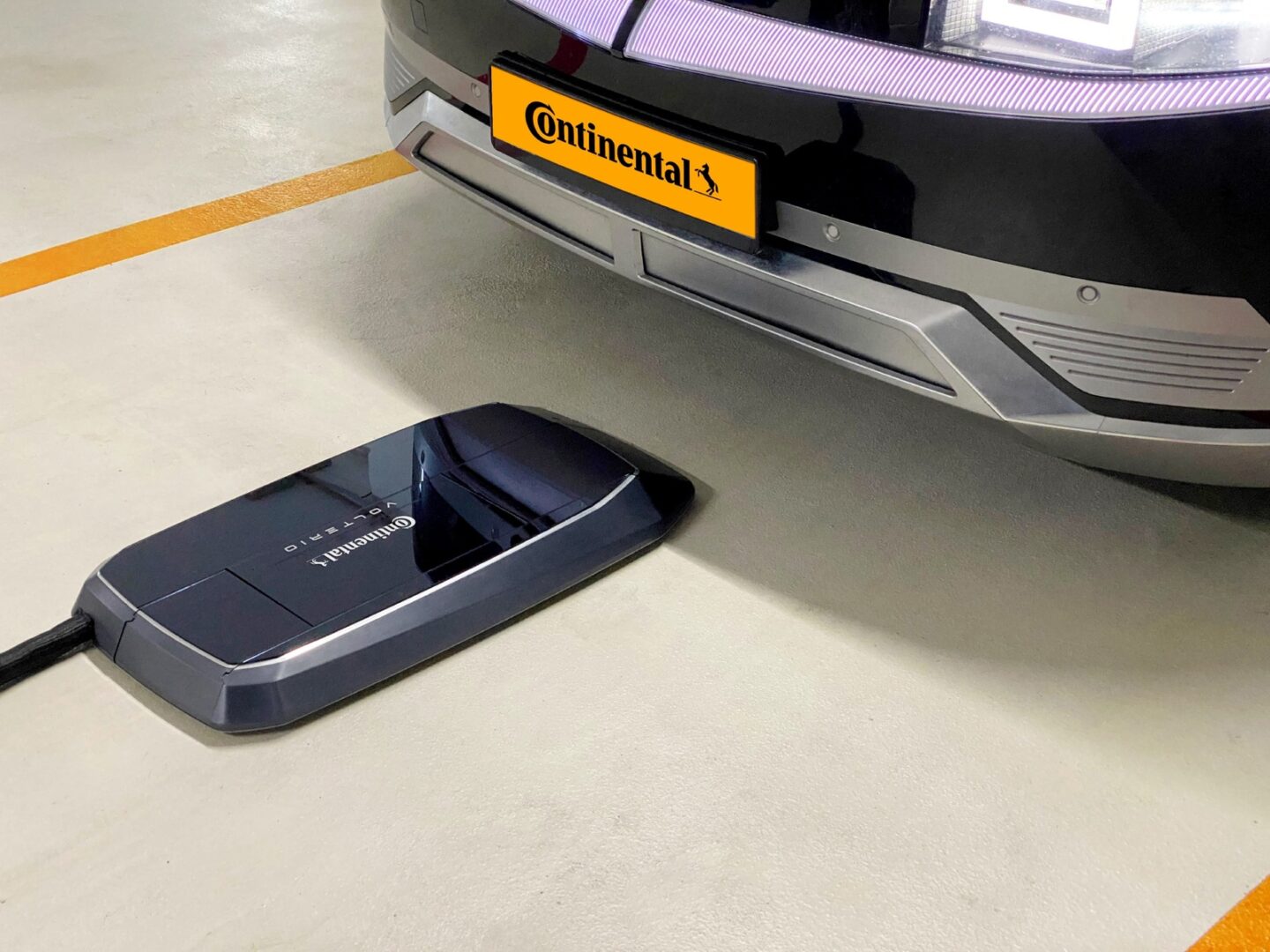
Now, talking to laypeople using common sense language and talking to engineers with design and engineering jargon pose different challenges. As I said, we are designing an automatic charger that connects to the underbody of an EV. And it can be difficult for users to get a good sense about exactly where and how to park their cars above the charger. The use of design language, perceived affordances in this situation for example, leads us to talk about design rather than engineering knowledge such as charging standards that are more important for engineers. By doing so, you can deliver the narrative of why the design is needed and how it benefits and provides comfort to the user.
Hansol One way I find effective for explaining my research to others is by establishing common ground. For example, I am currently conducting research on IoT products integrated with digital streaming services. When I talk to others about my research, I often start by asking, “Have you ever used a digital streaming service?” This way, I can create a connection with the other person, making them more attentive to my research topic. Additionally, this approach sometimes leads to them offering insights from perspectives I haven’t considered.
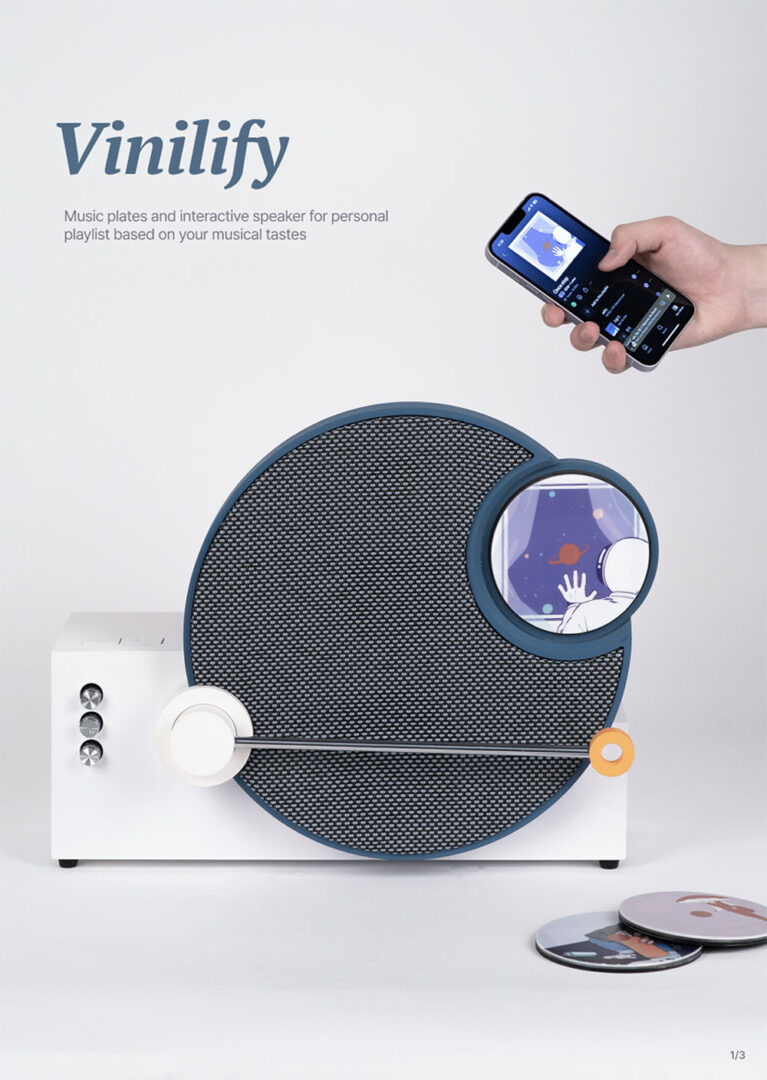
Minju When explaining what I’m doing, the urge is to jump in with the latest thing I’ve been excited about, but I am not sure if that is so effective. I think introducing what I’m doing is also a process of communication, and it’s different for every situation and every person. So these days I try to talk about the bigger themes first so that the person I’m talking to can relate to some of the things that are important to me.
If they’re not a designer, for example, I use a similar example to introduce the field of service design or policy design. I give an example of how design can contribute to creating a better society by orchestrating a series of processes, like how during the COVID-19 pandemic, people were able to get vaccinated safely and in a coordinated way, by setting up spaces, installing signage, checking whether people were vaccinated or not, and so on. The first thing I try to add to the conversation is that design is not just about creating beautiful things that people think of when they think of design.
Currently, I’m working on a circular cup project, and I’m thinking about how to encourage people not to use single-use cups and to choose reusable cups, what is needed for those cups to be circulated, and what designers should do there. I’m still trying to figure it out, so I feel like it’s complicated to explain, so I don’t know where to start and how to talk about it, but I believe it will become clearer over time.
Maybe biggest thing that changed during my master’s study thus far is my attitude as a designer. Before, I simply thought “I’m going to create something new and propose it to the world”, but now I’m like, “our world is going to be less livable in the future, so we need to prepare for it.” In New Design Studio, we’re basically working around the solutions towards climate change responses – large or small, so there’s a lot of uncertainties. I’m starting to think, “what can a designer do in another pandemic or climate crisis?” I feel like I have a little bit of a grasp on that mindset now, but where and how I can apply that mindset is where the gap is between my ideals and the reality I face daily.
How do I get a job? How do I use what I’ve learnt at DD in UNIST?
Minji I think if we’re being more realistic here, because we’re talking about careers, I feel like I’m the one here who does’’t know what I’m going to do in the immediate future, next semester. I will be defending my thesis and I have nothing set in stone yet.
Mingyu The same here. But who does?
Minji You decided to study more, but I’m undecided. But anyway, I feel that it’s a unique space here at UNIST Design. We’re learning design at an –IST (institute of science and technology), and DECS lab has the positionality of half designer and half engineer. So assuming I’m looking for a job now, I fear that mine might be a little bit shallow and a little bit too wide. But then, I feel like it’s not just me. I mean, when I think of UNIST design, I wonder how I can be more competitive than people who’ve pushed for only one major. If I’m competing for a position at a large company, they probably have got their work processes all organized and standardized, so I think it could be more efficient for them to hire people that are good at one thing, right? Then, where is my place?
I understand that big companies nowadays appreciate people who understand both engineering and design and can build bridges. But I don’t know it’s will practically help us to get a job at the starting point of our career. It’s a question with no answer.
Minju I feel you! When we enter the job market at one point or the other, we will have to fit in with the demand, we have to squeeze ourselves into the boxes that are already there. You know, big and well-established organizations have their standards, and I should over-commit to be a part. I feel like two years of graduate school is too short only learn design or engineering or communication or whatever. Now I’m a year and a half into graduate school, and maybe my standard is too high but I though I need more practice. What I’m doing now in the lab is interesting, so if I keep doing it, I’m sure I’ll find something to do with it in terms of design practice and research at the same time. And then when I’m imagining my future, I may do well as a generalist at a startup but I can also imagine myself at a big organization and see what I’m capable of and how I want to contribute. I’m not sure yet because I feel like there are other possibilities besides those two and I’m interested in exploring them. I think by the time I start PhD study, I’ll have some sort of specialization.
When it comes to future paths, I do not fully know because I don’t see a lot of service designers or related jobs around right now in Korea, so I don’t have those references. When I think about my future self, I think I’m just taking time to study and explore first, thinking, “I’ll figure it out, something will come up.” Definitely, it would be one of the best privileges for students at an –IST.
Mingyu I have similar thoughts on why I am pursuing a PhD in Human-Computer Interaction field. During my master’s degree, I felt it was too short to conduct research studies such as making systems, usability tests, and writing papers. What Minju said resonate with me – taking time to learn more and explore new ideas while I’m pursuing my doctoral study.
Minju Mingyu, you’re doing research whose purpose may not be immediately obvious, and it’s complex enough so it would take a long time to explain. What made you choose that path?
Mingyu I do believe, like how smartphones came to become an extension of our lives, we will face or understand the situation of future concepts where people wear a computer on our heads. Then, my research of interaction method for wearable system will be useful. Additionally, I also have a lot of interest in developing novel computing systems that people can use in their daily lives.
During my master’s study, I tried to propose and create new means of interaction for head-mountable systems that work with our eyes. Describing the previous method, the user controls the device by looking at something with their eyes for a few seconds to provide an input signal. To understand which interaction method is better to use, we need to create such an interaction system. This requires several skills, including design perspectives and computer science skills.
And I’ve been thinking lately that it’s actually a strength to have and enhance the design perspective because, at the end of the day, the interaction that I create needs to persuade prospective users on its merits. I believe design makes new HCI ideas applicable in real-world context. During design courses, I’ve learned how to explain my research better to others, and of course, it contains visuals but also what kind of logic process I need to consider for a wide variety of applications.
Minji I think that the skills that we’ve developed in school will be useful in later career, once we break through the job market, but I am afraid it may not help us break through the market in the first place.
Hansol Once professor Seungho Park-Lee told me that, although it is good to learn many different things, to enter the job market one needs to have a strong skill in one domain. I don’t think that’s going to change unless you get a PhD.
The second thing is that I really like product design, but if you look at the graduates of my lab, IPD, they don’t get jobs in purely design function in a company. It’s hard to say whether they can’t do so, or they don’t want to do so. But I think one thing for sure is that there are lots of specialists in companies, and our advantage as UNIST Design graduates is to know more than one thing because we learn a lot of this and that during our studies. I think companies may find this beneficial, as we can conceive things that others may not be able to.
I find questions about intrinsic values from what Minju said. Now, I think when we think about the job market, we can be a bit more practical. Like a dating situation, I think one has to embellish things up a little bit. And we as UNIST Design graduates have to be bold in saying, “I’ve learned this technology, built this app, designed this service, and learned how to design products”. In other words, I believe that one of the best ways for us to break into the job market is to say, “I’ve done things that cannot be done only in one area and if I come to your company, I can put it together, or I can think of something that you can’t think of”. I think that’s why engineers learn about customer experience and vice versa in UNIST Design. I think grad school can be a place where you come to make a little bit of a quantum jump.
Minji Mingyu, you are an engineer who thinks about the future first and makes a proposal, and Hansol, you want to be a designer who solve a problem of the present reality or bring new values to the world.
Hansol I think I’m closest to the latter one but want keep it a bit more open-ended. I want to create interactions with a hope that something will be derived from it, and my research is to make a product and see how it actually works, and of course, in the paper, I discuss the aspects that can be applied in real world or to be further explored in future research.
Minji Interesting. So, what would you like to do if you became a designer at a company?
Hansol I would like to create something that didn’t exist. One of my favorite examples is the Nintendo Wii, because before it came out most games were played with a controller with the players sitting on a sofa. The concept of playing games by sensing your own body may have existed, but the market wasn’t there. Wii changed it and created a new market.
Minji Do you remember when we went to that DLX at the Kashiwa campus, there was a piece of tissue paper that was floating and moving on an electric pad? We were told that while the technology is there, they have not yet figured out how to use it in a real word context. Is this what you are is talking about, Mingyu?
Mingyu That’s right, I think about that a lot too, what am I going to use it for, what am I going to do with it.
Hansol New technologies brings potential that creates space for designing something useful. To create a business, one needs design to offer something useful immediately. So one thing is not better than the other. They are complimentary.
Minji Well, then you two should collaborate!
Mingyu & Hansol We sure should!
The discussion here is not a conclusion in itself but rather a beginning of a longer dialogue we will have in UNIST Design – not only amongst students, but also between students and faculty members. There is no perfect education for everyone but we sure can aim to raise healthy questions and build constructive alternatives.
